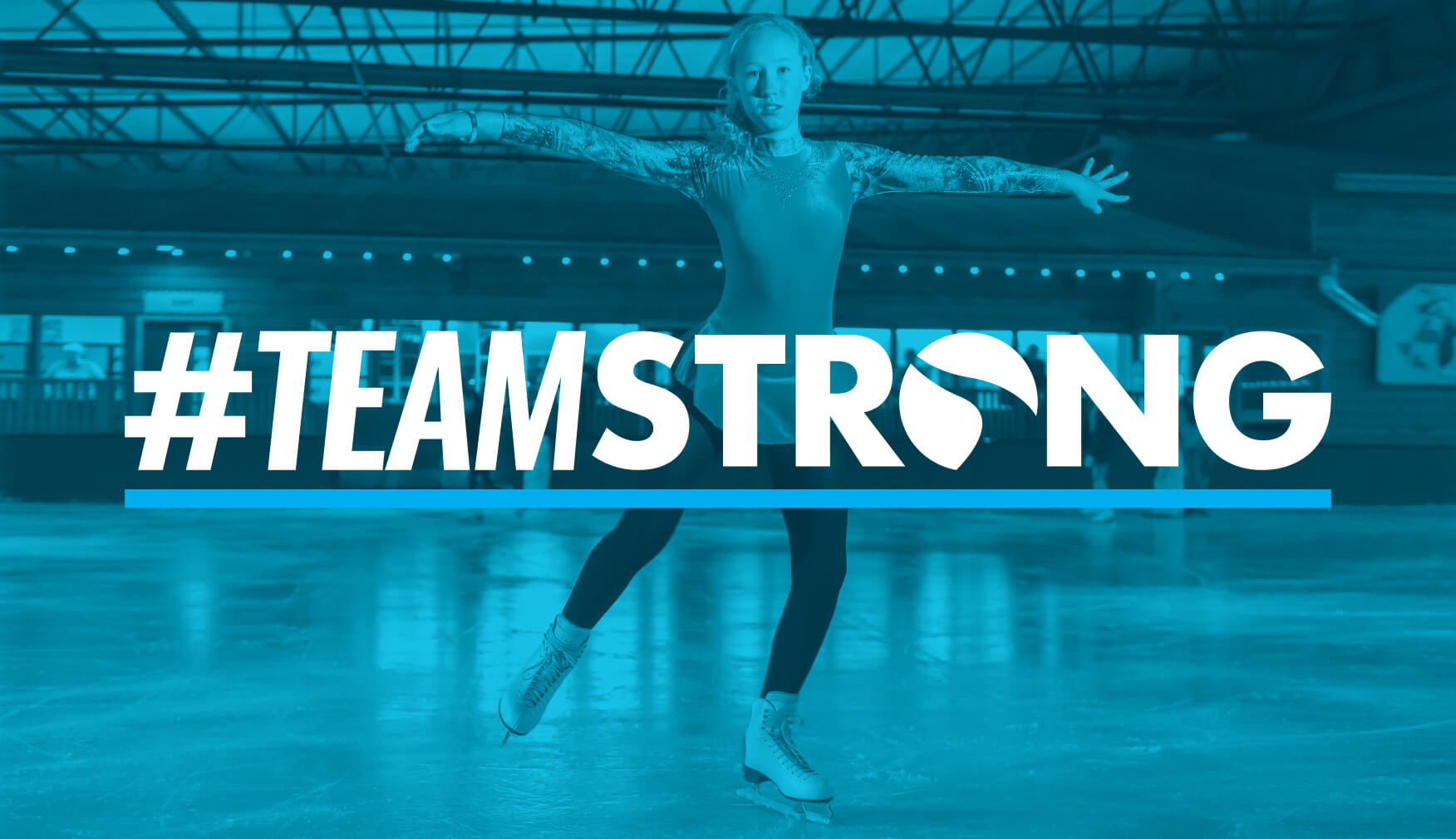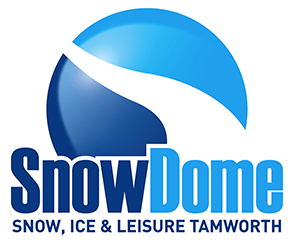The best exercises for ice skating at home

Although skaters make it look effortless, it requires exceptional strength and stability to spin, jump and stick those landings on the ice. Below, Dan will be taking you through some of the best exercises you can do at home to improve your skills.
Ice skating is a sport that puts significant strength and flexibility demands on the body. It involves a lot of sideways movement, so exercises with lateral strength will improve your turns and speed. You’ll also need great core strength so you can maintain body control. Lastly, ice skaters need good asymmetric strength, so you can better perform one-legged skills.
Speed skaters
Just from the name, this one is obvious! Speed skaters are a great cardio exercise involving jumping from side to side, shifting your body weight to create a skating stride. Whilst it mainly increases leg power, it's considered a full body, dynamic workout as it also targets the glutes, hip flexors and core muscles.
Single leg RDLs
There aren’t many sports around that wouldn’t benefit from the single leg RDL. This movement helps coordinate and strengthen the muscles of the hip, knee, and ankle, whilst enhancing strength, control and balance. The coordination between those joints is so important for ice skating, as it allows your lower body to adjust quickly whilst moving through positions.
Straight leg reverse crunch
This exercise will activate your major abdominal muscles, including the external obliques, whilst keeping the spine in its natural curved position. A strong core is a basis for improving your sports performance and maintaining balance, stability and control. Adding the straight leg variant increases the difficulty by changing your lever point.
Cossack Squats
The Cossack squat is a great exercise because it works the sides of the glutes, which are important stabiliser muscles for the hip joint and are often under-appreciated. The pushing off portion of the exercise replicates the fundamental motion of ice skating, so this move should be an integral part of your training. Mastering the Cossack squat will help you build strength and stability in each leg separately, as well as improve your balance.
Single leg glute bridge
Skaters need strong glute muscles for skating, stopping and jumping. Even if you're not an ice skater, everyone could use more glute activation to counter time spent sitting. In order to hold the pelvis level throughout the exercise, you need to contract abs throughout. This will help stabilise your spine.
Sumo squats
The sumo squat is a great lower body strength exercise that works all the muscles used in a regular squat, but also emphasises the muscles of the inner quads. Strengthening the inside of the legs helps skaters create power when bringing their legs in close. The sumo squat also helps strengthen the knee joints, which can help prevent injuries.

